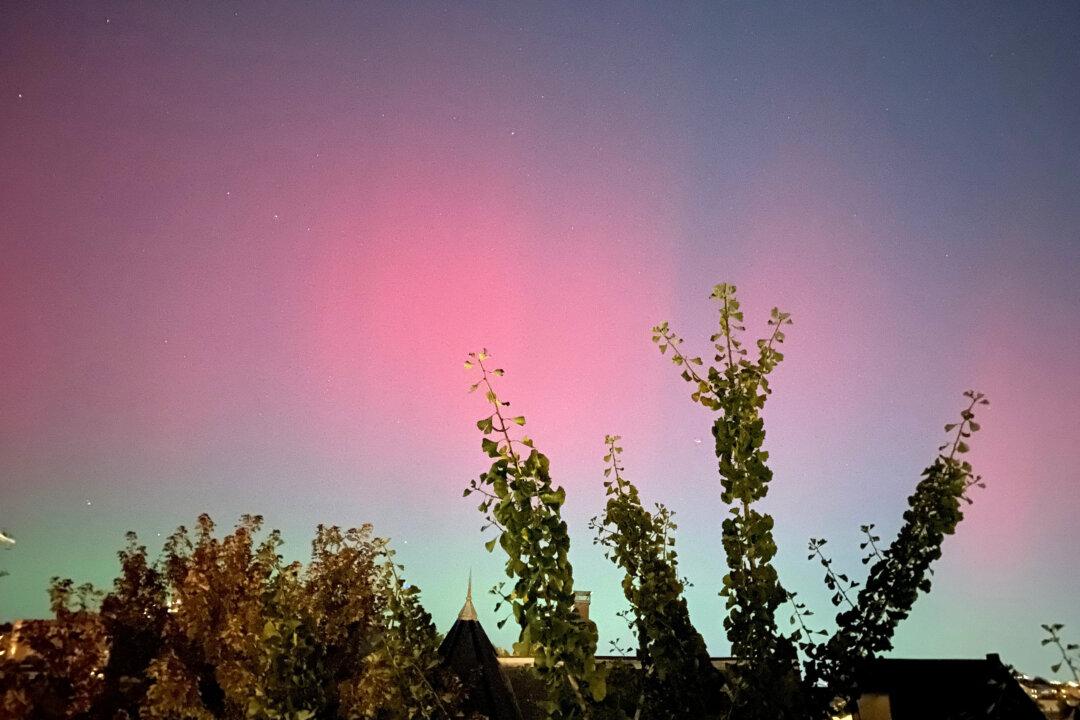Visibility of the Northern Lights, or aurora borealis, increased across parts of the United States and Europe on Thursday following an intense solar storm, which the U.S. National Oceanic and Atmospheric Administration (NOAA) warned could trigger geomagnetic storms on Earth and affect hurricane recovery efforts.
The lights illuminated the skies as far south in the United States as Alabama, Florida, Mississippi, and Texas and were also spotted across New York, Northern California, Massachusetts, and Illinois.





